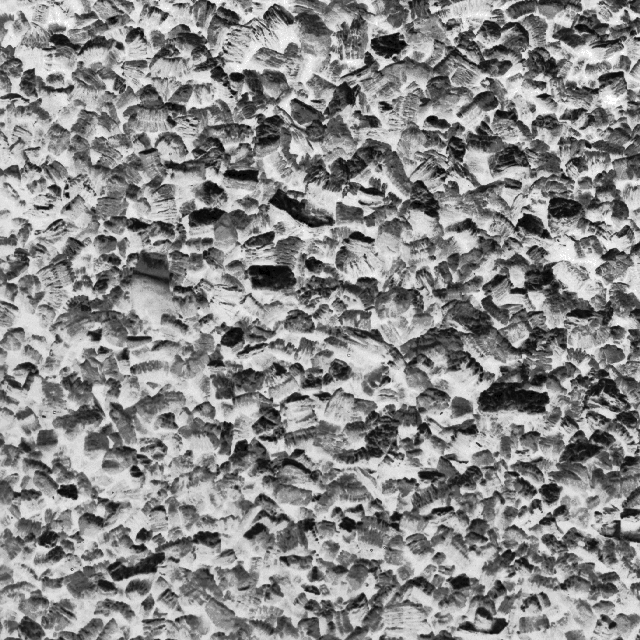Why are they called recorders when they can only play?
Tuesday, August 30, 2011
Monday, August 29, 2011
Sunday, August 28, 2011
Horse artillery
Like you, I've always been unsure how to use horse artillery effectively. I've been doing some research on the matter, and it seems that the way to handle them is to gallop right up to the enemy infantry and use your cannon to shoot large iron balls at high velocity into their ranks, rending limb from limb, soaking the ground with blood, and tearing the veil from Death's face so he stares them right in the the eye.
Friday, August 26, 2011
Art meets science meets Aspergers
Like you, I'd never really paid much attention to textures until I tried to get my computer to recognise and classify them using a Wold-like decomposition. This was for my honours project in engineering - as previously noted in these pages, I managed to get an electrical engineering degree even though I only did two classes on electricity, one of which I failed the first time around because it was too easy.
As a result of my hate-hate relationship with electricity, I fell into signal processing, basically because the mathematics of it all kind of clicked for me. What I was trying to do was nothing particularly original - I was just trying to duplicate some results I found in a paper with a view to extending the method later on. Of course the extending bit never eventuated because I sat on my backside for 7 months then crammed all the work into the last couple, but anyway.
The general idea was that I would feed these texture swatches into my computer which would do some two-dimensional signal analysis on it, treating it as a sum of a deterministic signal found by Fourier analysis and a random signal being a random number generator being fed into a filter. This is a Wold-like decomposition. The computer would assemble a library of texture signatures and then if you gave it a new swatch it would spit out a list of which textures resembled it the most closely.
The hope was that the textures that the computer thought were most similar would also be the ones that a person would think are most similar, thus ushering in a new era of happiness and plenty throughout the globe. This too did not eventuate.
The textures I was working with were a semi-standard set of photographic plates known as the Brodatz Textures. Here's a link to them: <linky>
So that's all a prelude to the main point, which is this: textures are interesting. Once you start really looking at textures and trying to think about what makes them unique, you notice that lots of things - in fact, pretty much everything - are covered with interesting textures. Grab some random object and examine it right now. Really peer at it closely, turn it to and fro in the light. Take the time to notice what you've always taken for granted. The object may be ugly but it's not because of its texture. What is an ugly texture? Do this regularly, day after day, and pretty soon the world is a richer and more beautiful place to be in, which will compensate for all those friends you've lost by behaving like such a freak.
If you're now more enthusiastic about textures, here's some things to ponder:
- Is the texture you're looking at more cellular or is it more amorphous?
- Is the texture you're looking at designed or is it emergent or natural?
- Is the texture you're looking at due to colour variation on a surface or is it due to lighting effects on a surface of varied elevation or both or neither?
- Does this texture have a direction?
- Does this texture have a size or scale?
- If a person had this texture on their forehead would they resemble an alien from Star Trek or a severe dermatological condition?
Thursday, August 25, 2011
Subscribe to:
Posts (Atom)







